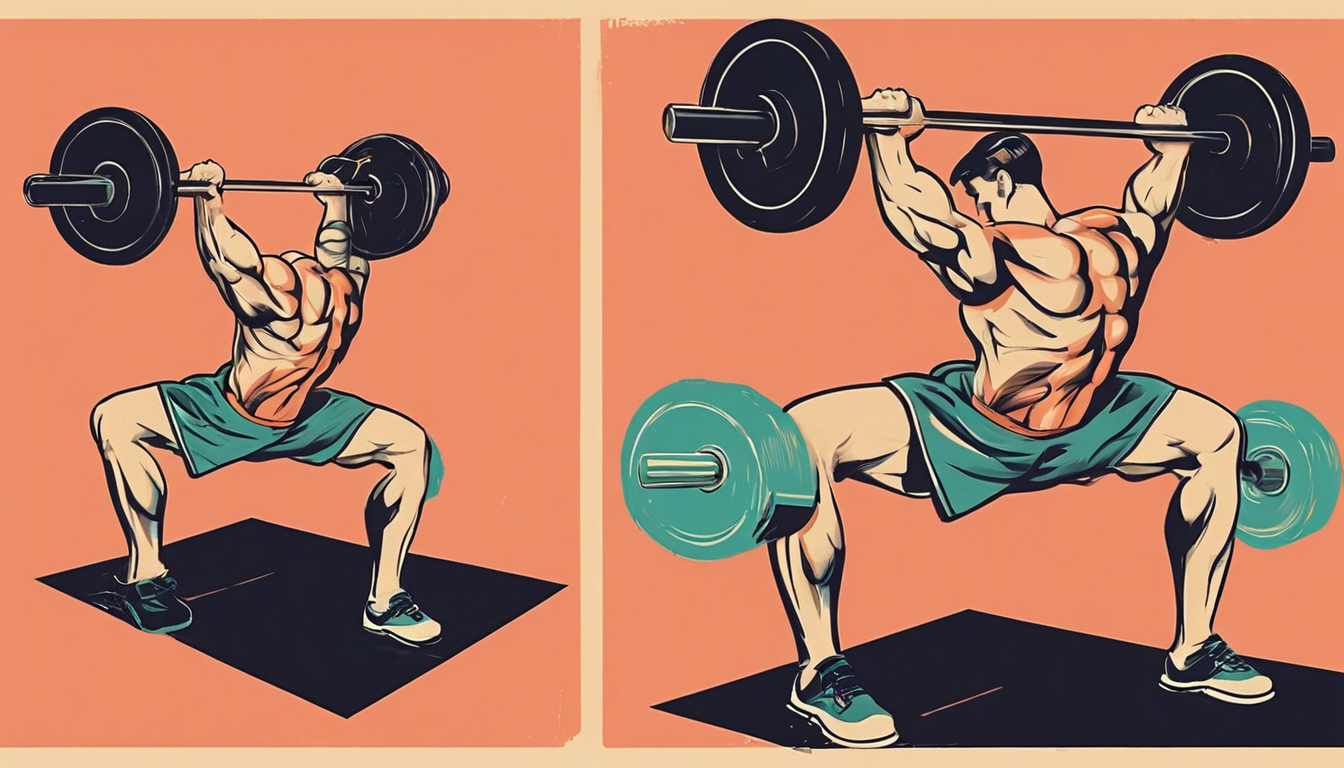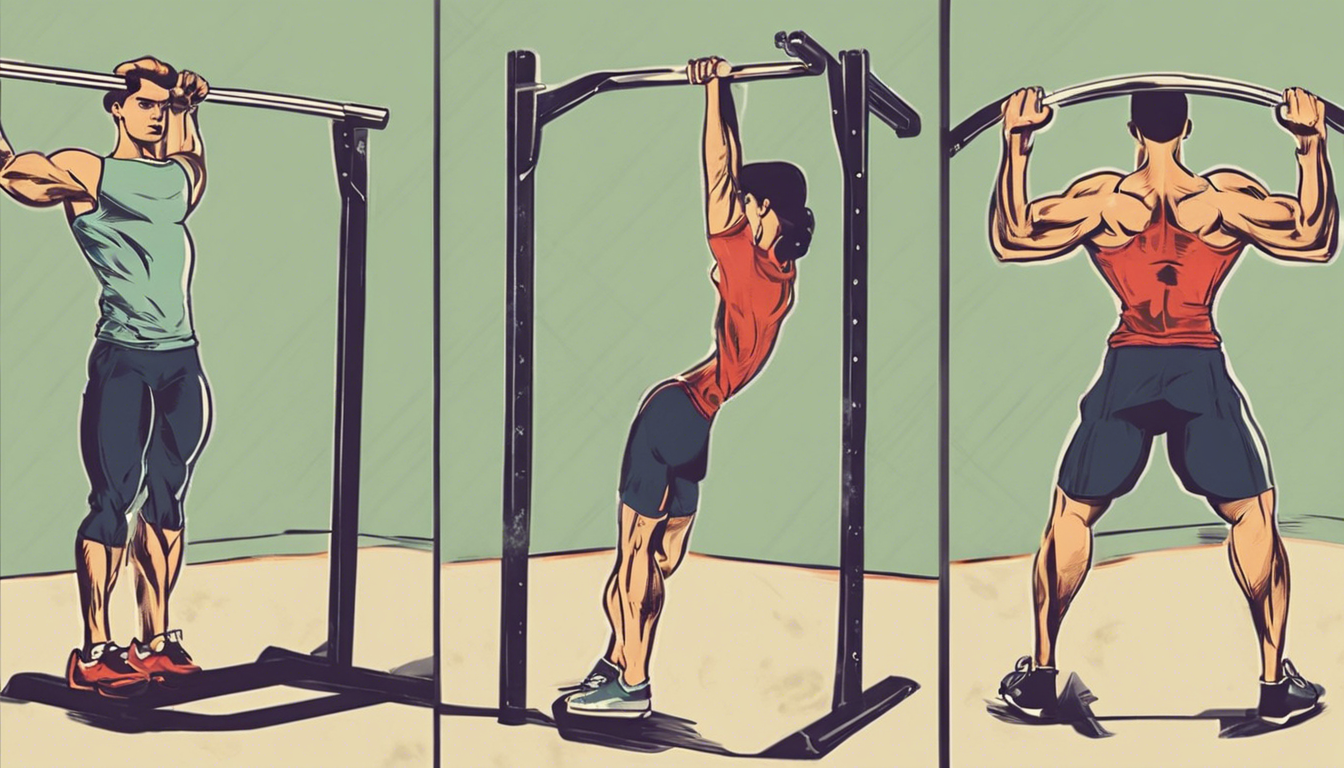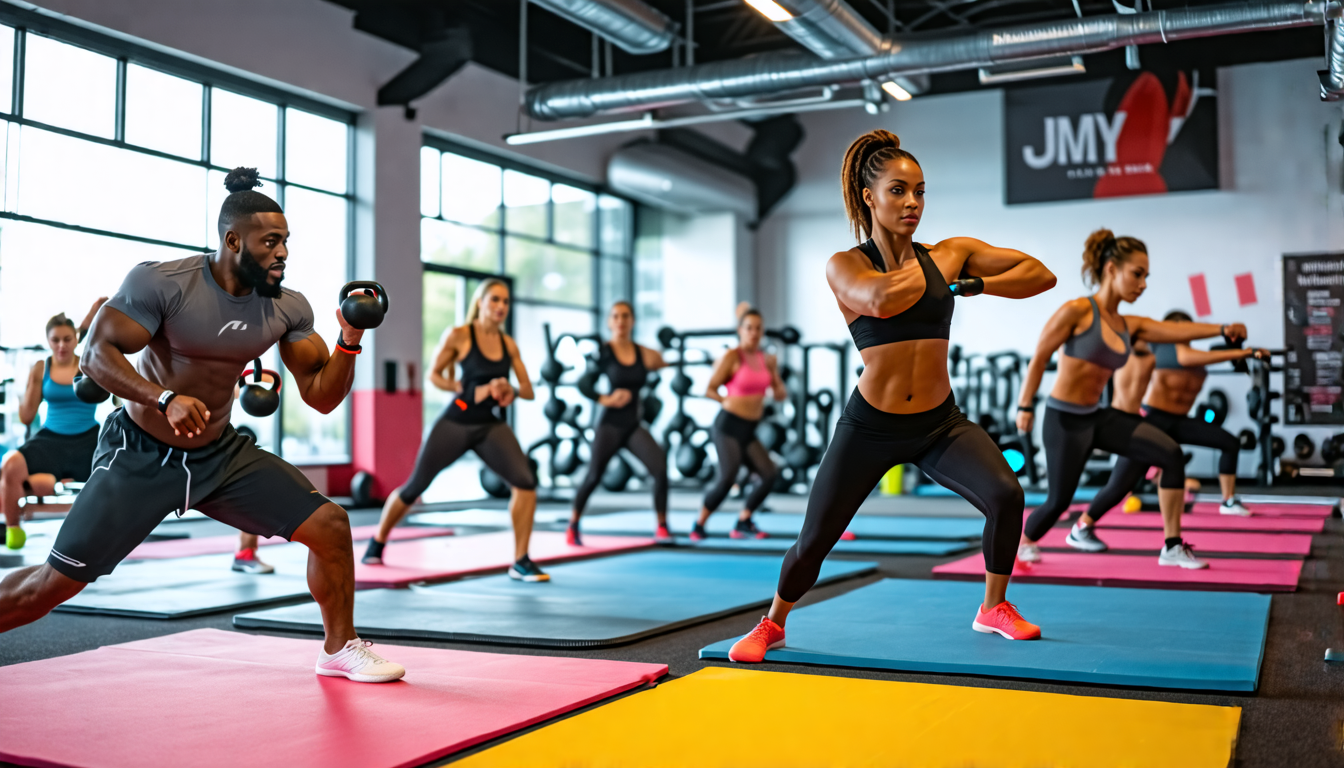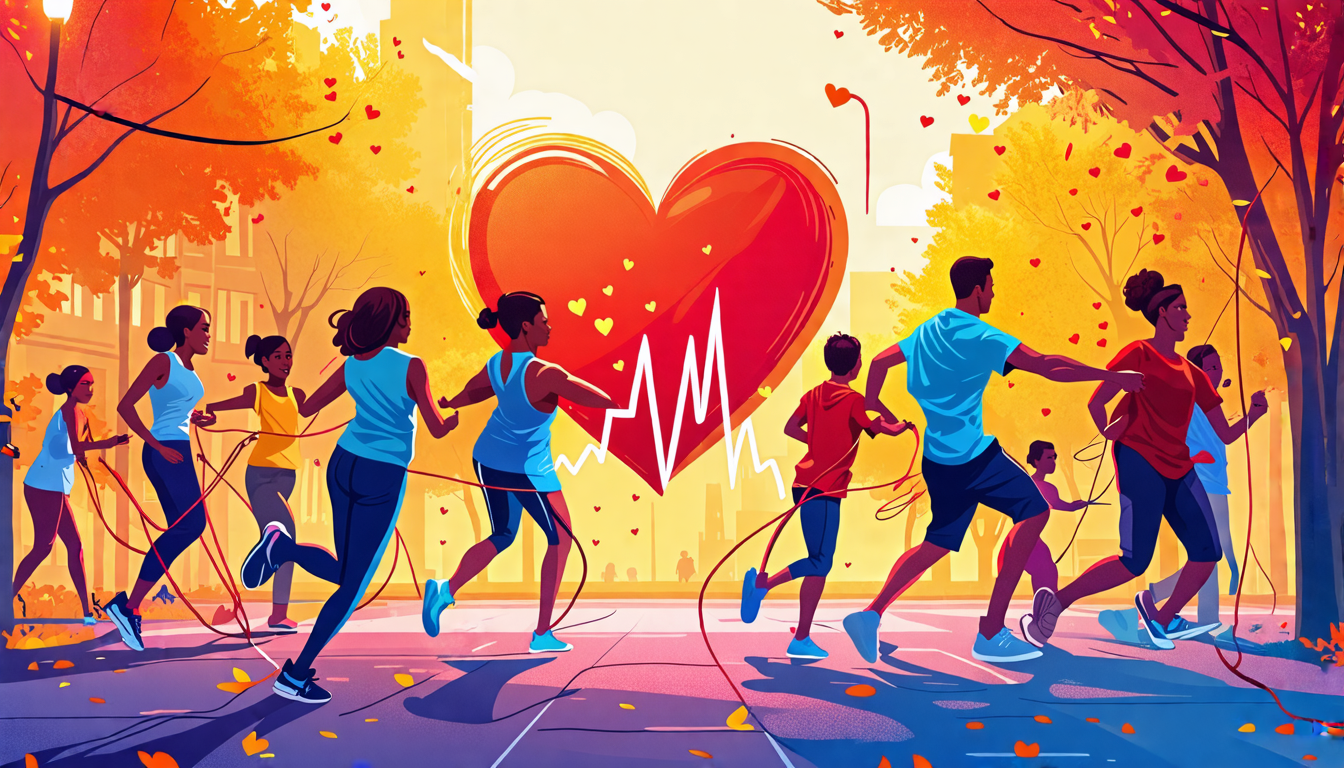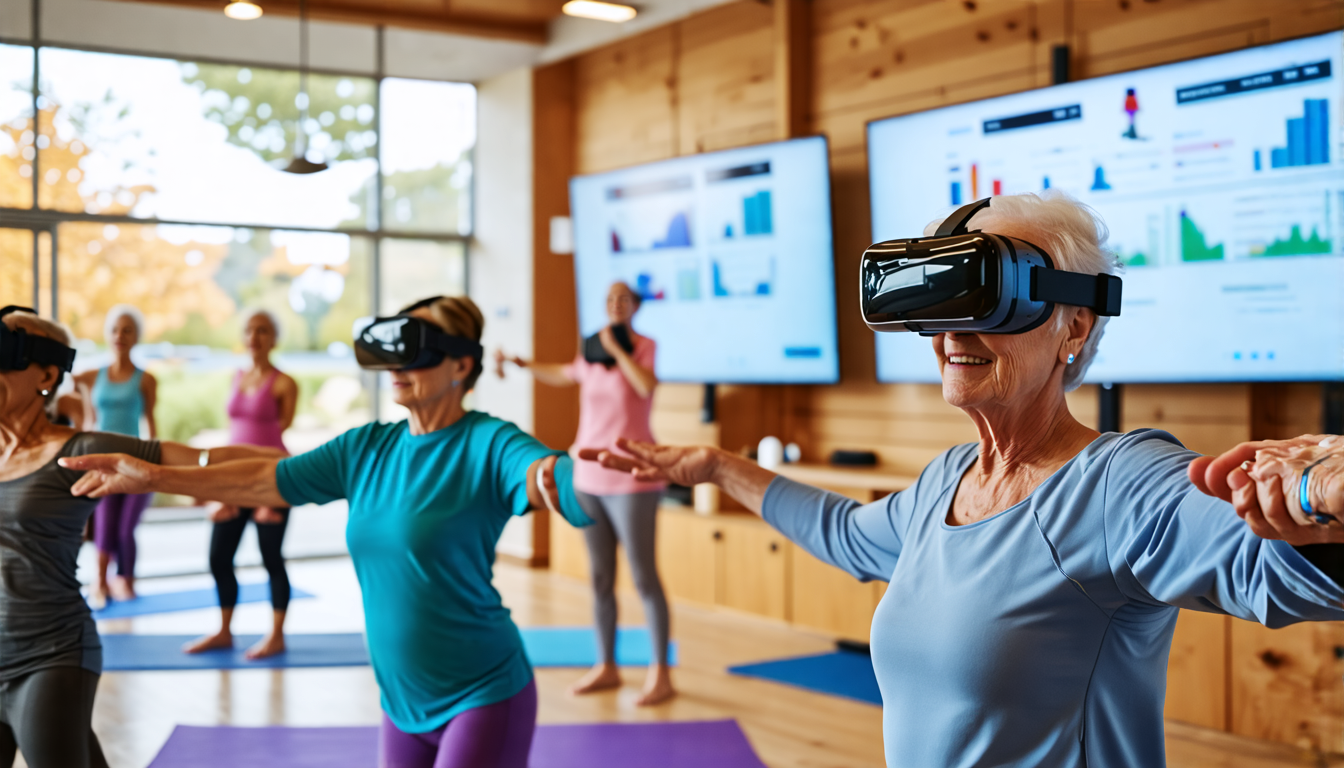
The Vision of Ageless Vitality
Imagine a world where aging doesn’t mean slowing down, but optimizing movement—where personalized guidance, safety, and community support are seamlessly woven into daily life. This empowered vision of senior health is no longer a fantasy; it’s a reality made accessible through modern tools. Integrating technology for senior fitness is the master key to unlocking sustainable strength, enhanced safety, and profound motivation, transforming exercise from a chore into a cornerstone of vibrant longevity.
Foundational Choices: The “Tech Stack” for Success
The right technological foundation personalizes the journey and ensures consistency. This isn’t about buying the most expensive gadget; it’s about choosing tools that align with individual needs, abilities, and lifestyle.
Selection and Sizing: Matching Tech to Needs & Ability
Your first choice sets the tone. A simple, intuitive start prevents frustration and fosters adoption.
- Wearables (Smartwatches/Fitness Trackers): Ideal for continuous, passive data collection (steps, heart rate, sleep). Choose models with large, clear displays and fall detection features.
- Dedicated Fitness Apps: Best for structured guidance and progress tracking. Prioritize apps designed for seniors, with clear visuals and voice-guided instructions.
- On-Demand Video Platforms: Perfect for variety and instructor-led sessions. Seek out platforms with robust “chair yoga,” “low-impact cardio,” or “balance” categories.
Guiding Principle: Start with one modality. Master it. Then consider layering in another to build your connected ecosystem.
Integration and Setup: Creating a Connected Ecosystem
A seamless setup removes daily barriers. Dedicate 30 minutes to this foundational step.
- Syncing: Pair wearables with a smartphone or tablet in a quiet, distraction-free environment. Enable all health permissions.
- Workflow Space: Create a safe, clear area for exercise. Ensure your tablet or screen is mounted or placed on a stable surface at eye level.
- Connectivity: Test Wi-Fi strength in your workout area. For bandwidth-heavy streaming, consider a mesh network extender to ensure buffer-free sessions.
Hardware and Components: A Comparison Table
| Component Category | Options | Key Characteristics |
|---|---|---|
| Wearable Device | Basic Fitness Tracker, Advanced Smartwatch, Medical Alert Pendant | Basic Tracker: Tracks steps, heart rate, sleep; long battery life; simple interface. Advanced Smartwatch: Fall detection, ECG, GPS, call/text alerts; requires more tech comfort. Medical Pendant: Primary function is emergency response; may have limited fitness tracking. |
| Motion & Form Sensor | AI Camera (e.g., Tempo), Smart Mirror, Wearable Motion Pods | AI Camera/Mirror: Provides real-time form feedback and rep counting; excellent for safety and technique; higher cost. Motion Pods: Attach to limbs for detailed movement analysis; often used with physiotherapy apps. |
| Display & Interface | Tablet with Stand, Large-Screen Smart TV, Smartphone | Tablet with Stand: The optimal balance: portable, large enough for clear visibility, easy to interact with. Smart TV: Best for group or immersive sessions; requires casting or built-in apps. Smartphone: Portable but screen may be too small for safe viewing during movement. |
The Core System: Management and Control Through Data
Technology transforms fitness from guesswork into a manageable system of key health metrics. This is where potential becomes progress.
Monitoring Vital Metrics: Heart Rate, Intensity, & Recovery
The Target: Exercise in a safe, moderate zone—typically 50-70% of your maximum heart rate (roughly 220 minus your age).
Consequence of Error: Exceeding this zone can lead to excessive strain, while exercising too lightly yields minimal cardio benefit.
The Tools: Use your wearable’s heart rate monitor. Pair this with the Rate of Perceived Exertion (RPE) scale. Aim for an RPE of 3-5 (moderate) on a 10-point scale. Good apps will integrate both data points.
Ensuring Safety and Stability: Fall Prevention & Form Feedback
The Target: Maintain proper form and balance during every exercise to build protective strength and prevent injury.
Consequence of Error: Poor form reinforces dangerous movement patterns, increasing fall risk and causing joint pain.
The Tools: Activate fall detection and alerts on your smartwatch. For proactive correction, use AI-powered systems (like a Mirror or Tempo Move) that provide real-time audio-visual cues: “Knees behind toes,” “Engage your core.”
Fostering Consistency & Routine: Reminders and Scheduling
The Target: Establish a non-negotiable, regular workout rhythm (e.g., 30 minutes, 3 times per week).
Consequence of Error: Inconsistency is the primary reason fitness goals fail. “I’ll do it later” becomes “I didn’t do it.”
The Tools: Leverage calendar integrations to block time. Enable gentle push notifications from your fitness app. Use “streak” trackers—the simple psychological reward of maintaining a 7-day streak is a powerful motivator.
Advanced Practices: Optimization and Engagement
Move beyond basic tracking. Here, technology becomes a personal coach and community portal, enriching the experience and driving tailored progression.
Preparation: Virtual Assessments and Personalized Plans
Before beginning a new program, use app-based mobility assessments. These often involve simple on-screen instructions (e.g., “reach overhead,” “perform a chair stand”) to create a baseline and generate a regimen that respects your starting point, avoiding overly ambitious and discouraging plans.
Ongoing Inputs: Interactive and Adaptive Workouts
Static routines lead to plateaus and boredom. Technology provides dynamic input.
- On-Demand Libraries: Curate a playlist from platforms like SilverSneakers GO or AARP’s FitBrain for endless variety.
- AI Trainers: The cutting edge. Systems like Future or Freeletics use coach feedback and performance data to adapt your next week’s workouts in real-time, providing true personalization.
Selection and Strategy: Building a Balanced Digital Routine
Holistic health requires a multifaceted approach. Use technology to strategically mix modalities:
- Monday: Strength (via an app like LIFT for controlled weight training).
- Wednesday: Balance & Flexibility (via a YouTube Yoga with Adriene senior-friendly session).
- Friday: Cognitive & Social (via a brain game app like Lumosity followed by a virtual walking club on Facebook).
Threat Management: Problem Prevention and Solution
Adopt a proactive stance. The goal is to anticipate digital and physical hurdles before they derail progress.
Prevention: Digital Safety and Comfort
Your first line of defense is a secure, comfortable setup.
- Cybersecurity: Use strong, unique passwords for fitness accounts. Enable two-factor authentication if available. Be wary of sharing excessive personal data in app communities.
- Notification Management: Configure “Do Not Disturb” during workouts to maintain focus. Customize alerts to prioritize safety (fall detection) over non-essential pings.
- Physical Comfort: Ensure wearable bands are snug but not constricting. Use a tablet stand to avoid neck strain. Keep remotes and chargers in a designated spot.
Intervention: Troubleshooting Tech and Plateaus
When issues arise, follow this tiered response plan:
| Common Issue | Tier 1 Solution (Simple) | Tier 2 Solution (Engagement) | Tier 3 Solution (Expert) |
|---|---|---|---|
| Device Won’t Sync | Restart both devices (phone & wearable). Toggle Bluetooth off/on. | Check for app or operating system updates. | Unpair/forget device in settings, then re-pair as new. |
| Loss of Motivation | Change your scenery; do your video workout in a different room. | Join an app-specific social challenge or recruit a family member for a virtual co-workout. | Book a single session with an online trainer (via platforms like Trainerize) for a fresh perspective and renewed accountability. |
| Workouts Feel Too Easy/Hard | Manually adjust the difficulty level in your app settings. | Switch to a different program within your platform (e.g., from “Beginner Strength” to “Intermediate Balance”). | Use assessment data to consult with a physiotherapist (in-person or via telehealth) for a professionally tailored plan. |
The Action Plan: A Practical Tech-Integration Calendar
| Phase | Primary Tasks | What to Focus On |
|---|---|---|
| First Month | Choose one primary device/app. Learn its core functions (start/stop workout, check heart rate). Establish baseline metrics (daily step average, resting heart rate). | Consistency and comfort with the technology. The goal is habit formation, not intensity. |
| Months 2-3 | Integrate a second modality (e.g., add streaming videos to your step tracking). Set one specific, measurable goal in your app (e.g., “Increase average daily steps by 10%”). Share data with a family member or caregiver if desired for support. | Goal progression and expanding workout variety. Let the data guide small, sustainable improvements. |
| Ongoing (Quarterly) | Formally review progress data and trends. Reassess and set new goals. Explore one new feature or app to prevent boredom (e.g., try a meditation app for recovery). | Long-term adherence and continuous adaptation. Technology should evolve with your fitness journey. |
The Transformation to Connected Wellness
The journey from selecting a simple device to mastering a personalized, data-informed wellness practice embodies the core principle of modern senior fitness: using technology to create a balanced, controlled, and engaging environment for your body. This integration is not about replacing human connection or intuition; it’s about augmenting them with precise feedback, unwavering accountability, and boundless variety. The result is a transformation in how you experience aging—not as managed decline, but as active participation. You are building more than strength; you are building sustained independence, the confidence that comes from measurable progress, and meaningful social connection on your own terms. This is the ultimate promise: technology, not as cold hardware, but as a compassionate and capable companion on your deliberate path to lifelong vitality.

